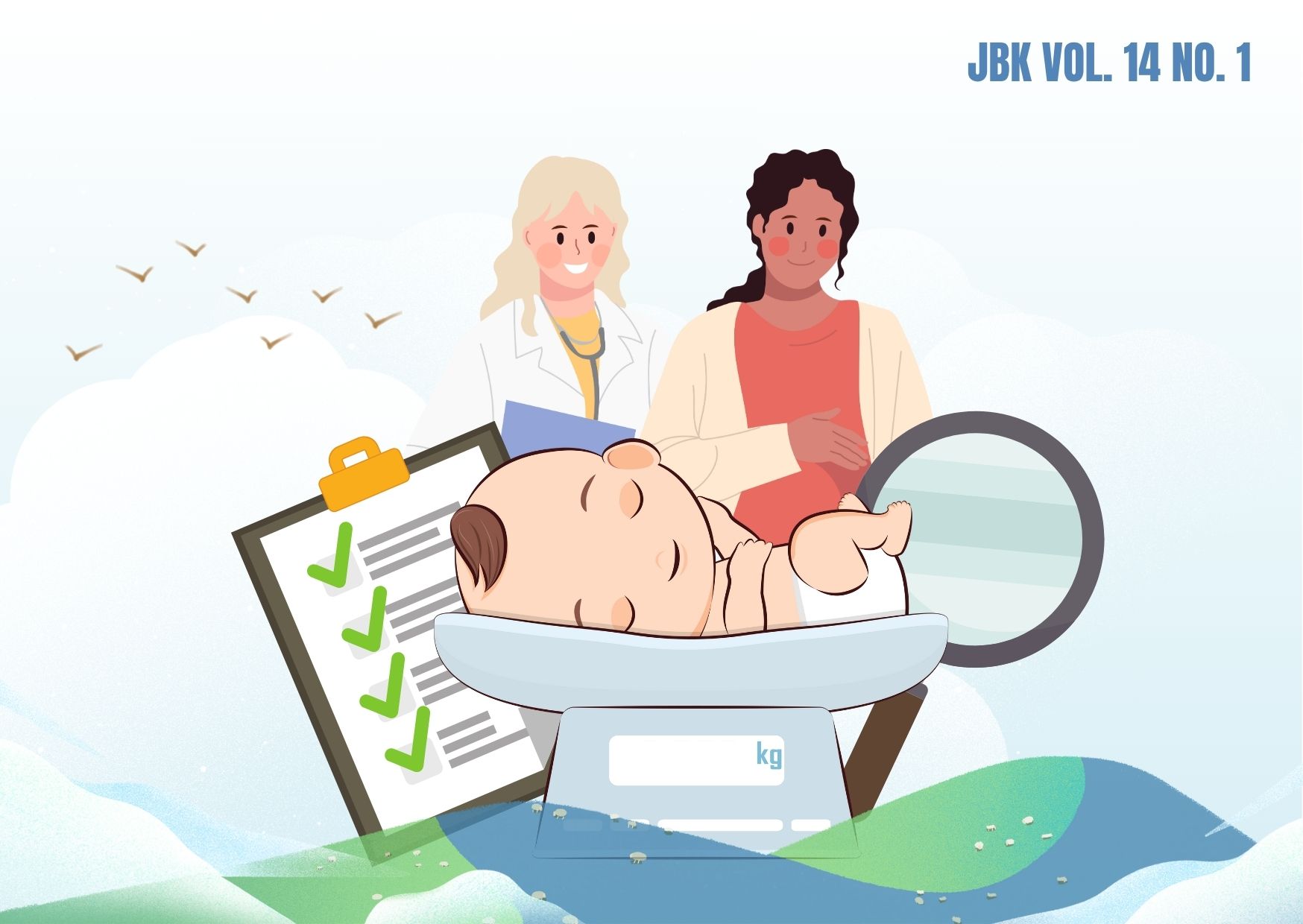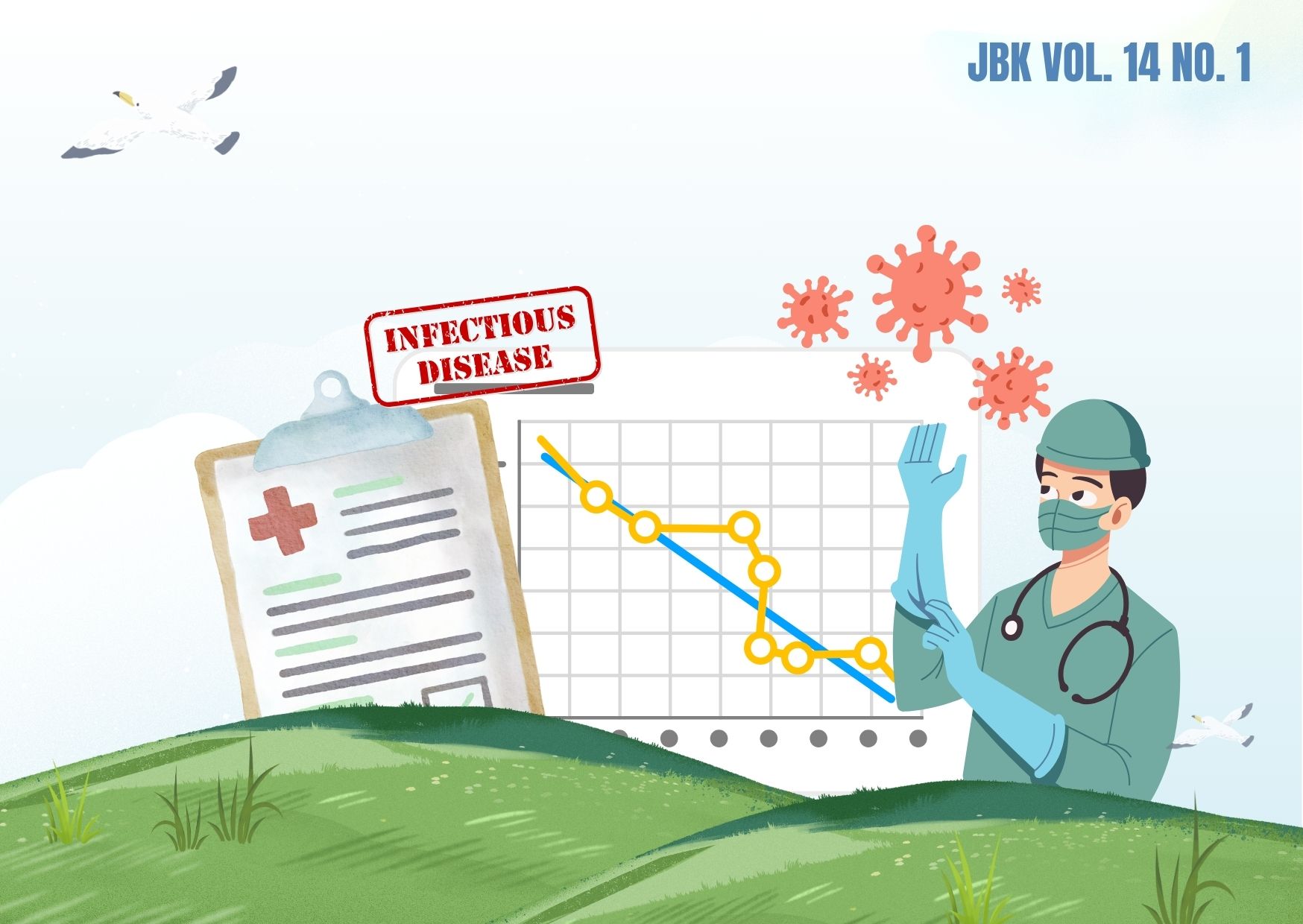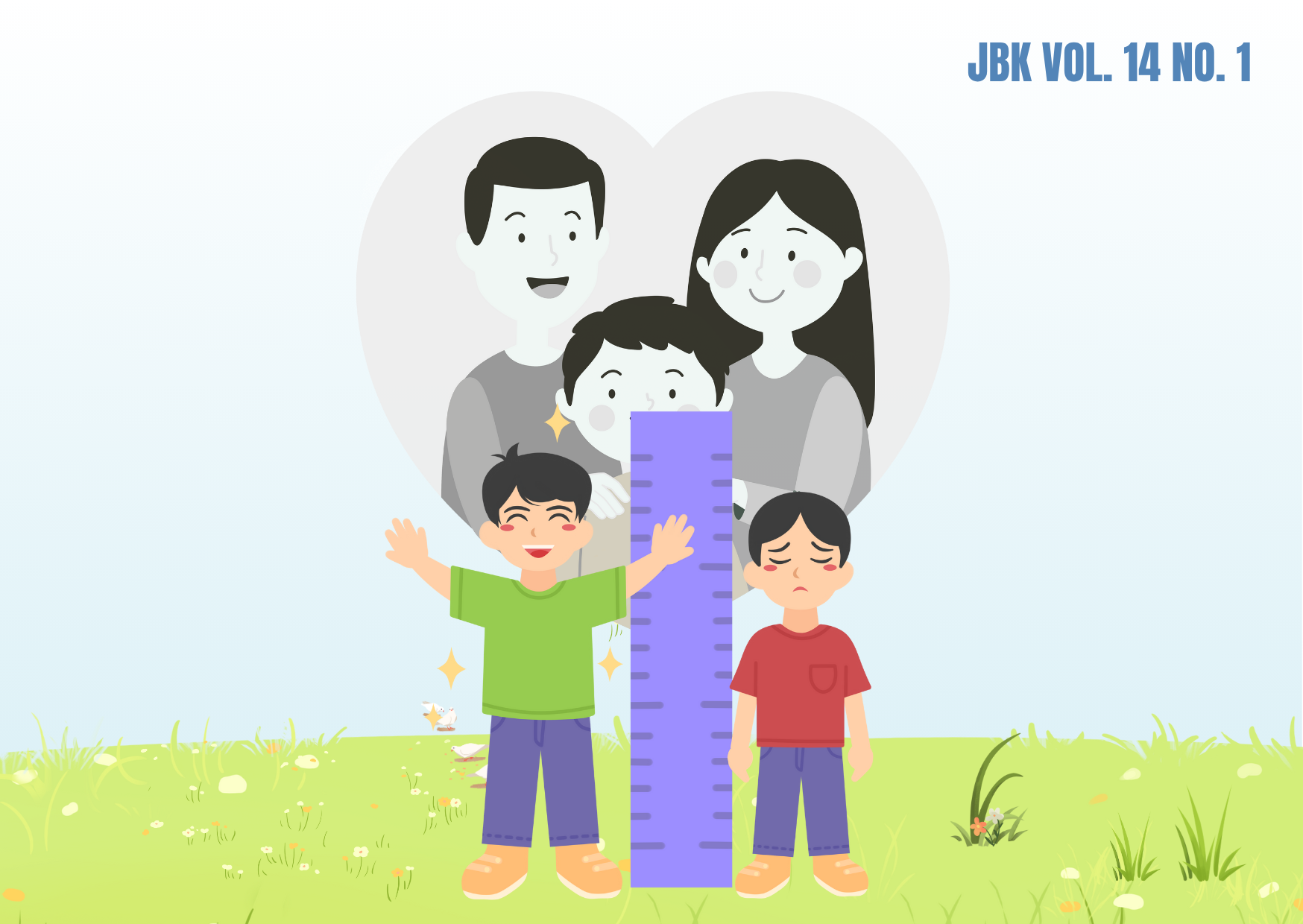ANALYSIS OF FACTOR AFFECTING INFANT MORTALITY RATE (IMR) IN EAST JAVA USING MULTIPLE LINEAR REGRESSION
Downloads
Ashani, T.A., 2012. Kematian Bayi Menurut Karakteristik Demografi dan Sosial Ekonomi Rumah Tangga di Provinsi Jawa Barat (Analisis Data Kor SDKI 2007). Jurnal Bumi Indonesia, 1 (3), pp.326–335.
Aulele, S.N., 2012. Pemodelan Jumlah Kematian Bayi di Provinsi Maluku Tahun 2010 dengan Menggunakan Regresi Poisson. Jurnal Barekeng, 5 (2), pp.23–27.
East Java Province Central Bureau of Statistics, 2019. Angka Kematian Bayi (AKB) Penduduk Jawa Timur Menurut Kabupaten/Kota, 2012-2016. [online] East Java Province Central Bureau of Statistics. Available at: <https://jatim.bps.go.id/statictable/2017/06/07/389/angka-kematian-bayi-akb-penduduk-jawa-timur-menurut-kab-ban-20-20-2016. html>.
Danasari, L. S., and Wibowo, A., 2017. Angka Harapan Hidup di Jawa Timur Tahun 2015. Jurnal Biometrika dan Kependudukan, 6 (1), pp.17–25.
Indonesian Ministry of Health, 2010. Profil Kesehatan Indonesia Tahun 2010. Jakarta.
Kurniawan, R., and Melaniani, S., 2018. Hubungan Paritas, Penolong Persalinan dan Jarak Kehamilan dengan Angka Kematian Bayi di Jawa Timur. Jurnal Biometrika dan Kependudukan, 7 (2), pp.113–121.
Kusumawardani, A., and Handayani, S., 2018. Karakteristik Ibu dan Faktor Risiko Kejadian Kematian Bayi di Kabupaten Banjarnegara. Jurnal Promosi Kesehatan Indonesia, 13 (2), pp.168–178.
Mosley, W.H., and Chen, L.C., 1984. An Analytical Framework for the Study of Child Survival in Developing Countries. Population and Development Review, 10 (Supplement), pp. 25–45.
Nainggolan, T.F., 2014. Dampak Pernikahan Dini pada Remaja Putri di Desa Mangkai Baru Lecamatam Lima Puluh Kabupaten Batubara Tahun 2014 (Studi Kualitatif). Thesis. Universitas Sumatera Utara.
Purwanti, D.D., 2010. Faktor yang Mempengaruhi Angka Kematian Bayi di Provinsi Jawa Timur Tahun 2008. Thesis. Universitas Airlangga.
Rachmah, N.F., and Purhadi, 2014. Pemodelan Jumlah Kematian Ibu dan Jumlah Kematian Bayi di Provinsi Jawa Timur Menggunakan Bivariate Poisson Regression. Jurnal Sains dan Seni Pomits, 3 (2), pp.194–199.
Salham, M. M., Baan, F., Arianto, Mansyur, N., and Pageno, I., 2008. Kemitraan Bidan dengan Dukun Bayi dalam Rangka Alih Peran Pertolongan Persalinan di Sulawesi Tengah. Palu.
Sitorus, R., 2009. Makanan Sehat dan Bergizi. Bandung: Yrama Widy.
Sulistyono, and Sulistiyowati, W., 2017. Peramalan Produksi dengan Metode Regresi Linier Berganda. PROZIMA (Productivity, Optimization, and Manufacturing System Engineering), 1 (2), pp.82–89.
Sulistyowati, A., 2009. Buku Asuhan Kebidanan pada Ibu Nifas. Yogyakarta: CV Andi Offset.
Syaifuddin, 2011. Pelayanan Kesehatan Maternal Neonatal. Jakarta: Bina Pustaka Foundation.
Waang, I.H., 2012. Analisis Upaya Penurunan Kematian Ibu dan Bayi melalui Pelaksanaan Revolusi Kartu Ibu dan Anak di Kabupaten Alor Provinsi Nusa Tenggara Timur. Thesis. Universitas Indonesia.
Wibisono, Y., 2005. Metode Statistik. Yogyakarta: Gajah Mada University Press.
Winarno, D., 2009. Analisis Angka Kematian Bayi di Jawa Timur dengan Pendekatan Model Regresi Spasial. Thesis. Institut Teknologi Sepuluh November.
Zuhairoh, Z. A., and Melaniani, S., 2018. Pengaruh Angka Kematian Bayi, Angka Partisipasi Murni, Rasio Ketergantungan Terhadap Indeks Pembangunan Manusia Provinsi Jawa Timur. Jurnal Biometrika dan Kependudukan, 7 (1), pp.87–95.
Copyright©2022 Jurnal Biometrika dan Kependudukan (Journal of Biometrics and Population)
This work is licensed under a Creative Commons Attribution-NonCommercial-ShareAlike 4.0 International License.
1. Copyright of all journal manuscripts is held by the Jurnal Biometrika dan Kependudukan.
2. Formal legal provisions to access digital articles of the electronic journals are subject to the provision of the Creative Commons Attribution-ShareAlike license (CC BY-NC-SA), which means that Jurnal Kesehatan Biometrika dan Kependudukan to keep, transfer media/format, manage in the form of databases, maintain, and publish articles.
3. Published manuscripts both printed and electronic are open access for educational, research, and library purposes. Additionally, the editorial board is not responsible for any violations of copyright law.



































